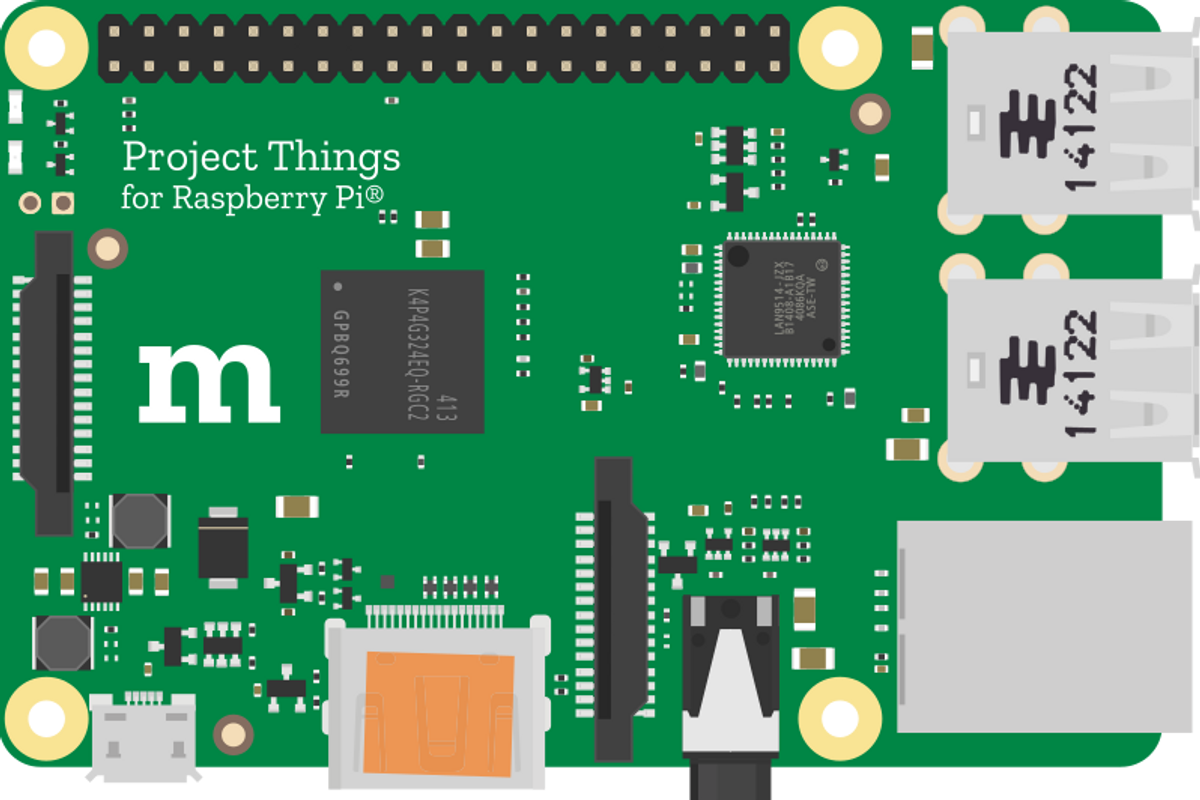
Mozilla
Mozilla’s Project Things: What it is and how to use it
With this new program, you can combine all your smart gadgets in one place

With this new program, you can combine all your smart gadgets in one place
We have so many connected devices in our lives, they can be difficult to organize, even if most are linked through your smartphone. Some don't even work with each other. We get it — building your own smart home can be complicated.
Mozilla, the group behind the Firefox browser, seems to understand our pain and has launched Things Gateway, an IoT hub from its Project Things program. All you need is a Raspberry Pi, a miniature, stripped-down computer about the size of a credit card, and you can command smart gear using just your voice and a browser-based interface.
Look, this isn't as easy as buying an Amazon Echo, plugging the speaker in, and hoping Alexa finds your devices. There's some tinkering involved and a little bit of DIY spirit required. Luckily, Mozilla has a great How-To on its site. In the end, though, we think you'll have a better understanding of how your connected devices speak to each other and also feel like you have a better handle on them.

The goal is to combine all your controls in one place, so instead of having a separate application for everything, you can turn off your slow cooker while turning up the thermostat to warm up the room for you. Mozilla's Things Gateway lets you run products with your voice, has a way to create "if this, then that" rules to make products work together, and also includes a floor plan so you can map out where smart devices are in your space.
Mozilla's new program will initially support devices that connect using Wi-Fi, Zigbee, and Z-Wave. Additionally, it's an open system, meaning that Mozilla doesn't have to pay for specific partnerships—your products will always be supported.
However, as we mentioned, building your own Things Gateway might be a bit hard. If you don't have a single-board Raspberry Pi computer, you can also use your laptop or any other developer board, but the latest Raspberry Pi model has both Wi-Fi and Bluetooth along with access to GPIO ports. So, if you're comfortable trying to build your own device, it might be worth splurging on a new Raspberry Pi.

The second step is to purchase dongles so that you can use the gateway with other wireless protocols. Then, you'll need to download the Raspberry Pi OS image from Mozilla onto a Flash SD card—a card with at least four GB is recommended. Bear in mind that this software is still being tested and may have some kinks. Again, this isn't an off-the-shelf solution.
While Things Gateway is innovative, it's very similar to existing smart hubs. Still, we're excited to see what other smart home solutions Mozilla can offer.
Clearly, the goal of Project Things is to build a decentralized IoT concept with safety, privacy, cooperation, and security in mind—but this concept seems to be for people with extensive tech knowledge. As more people adopt and buy smart devices for their homes, it would be nice to see Mozilla launch a program that's as simple to install and use as its Firefox browser.
Until that happens, if you go down the Project Things route, be aware that not all of your smart devices will work efficiently with your new controller. Mozilla is keeping a hardware list of what is currently supported and will connect, and big names are there, from Philips Hue bulbs to the TP-Link smart plug. Mozilla is encouraging people to add to the wiki as more products work, so if you find something linked up, feel free to add it too.
GearBrain Compatibility Find Engine
A pioneering recommendation platform where you can research,
discover, buy, and learn how to connect and optimize smart devices.
Join our community! Ask and answer questions about smart devices and save yours in My Gear.
